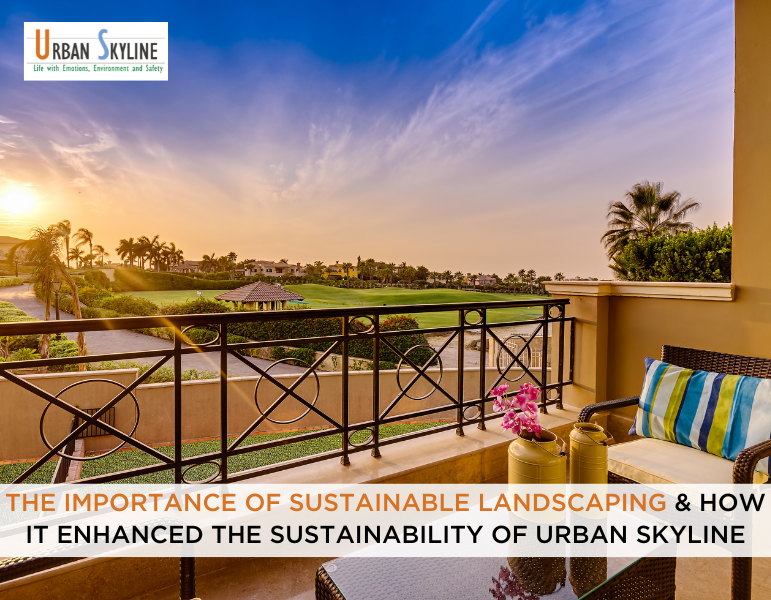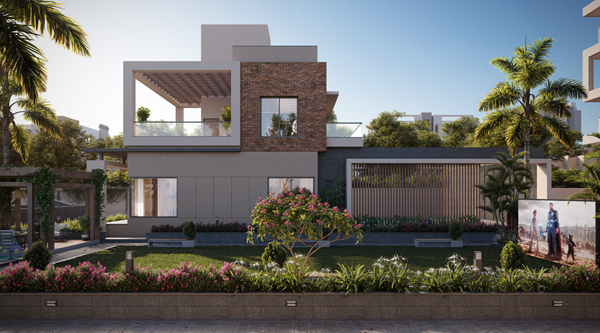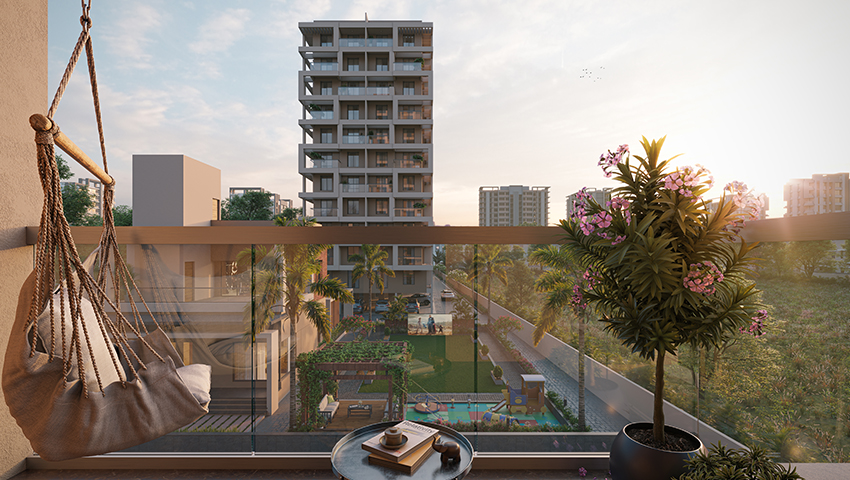Tallest Tower Of Pune | 2,3,4,5,6 BHK Flat in Ravet Pune
The Importance of Sustainable Landscaping and How it Enhanced the Sustainability of Urban Skyline

On 2nd March 2023, By Admin
Sustainable landscaping in residential properties refers to using environmentally friendly practices in landscaping and gardening to conserve natural resources, protect the ecosystem, and reduce waste and pollution. This can include using native plants, reducing lawn areas, incorporating rain gardens, composting and mulching, installing drought-resistant irrigation systems, and choosing sustainable materials for hardscaping elements. Sustainable landscaping aims to create beautiful, functional outdoor spaces that are in harmony with the environment and support biodiversity. By incorporating sustainable practices, homeowners can play an important role in promoting environmental sustainability and reducing their impact on the planet.
Urban Space Creators
Urban Space Creators, well-reputed developers in PCMC, Pune, is developing a magnificent project Urban Skyline in Ravet. They have used materials and design elements in Urban Skyline that increase energy efficiency, such as high-performance windows, insulation, and efficient heating and cooling systems. Also, it incorporated renewable energy sources, implemented water-saving features, smart waste management, and smart home technologies to create an upgraded living environment for residents.
Benefits of Using Sustainable Landscaping in Residential Projects
One of the key benefits of sustainable landscaping is that it helps to conserve water. This is achieved through drought-resistant plants, efficient irrigation systems, and rainwater harvesting. In addition, sustainable landscaping helps to reduce the number of chemicals and pesticides used in the landscape, which helps to protect local wildlife and aquatic systems.
Another important aspect of sustainable landscaping is the use of native plants. By using plants that are native to the area, residential projects can help to support local ecosystems and provide habitat for wildlife. This not only enhances the development’s sustainability but also helps promote biodiversity and ecological health.
Sustainable landscaping helps to reduce the amount of energy used in the landscape. This can be achieved by using shade trees and strategically placed vegetation, which can help reduce the heating and cooling needed in the building. In addition, by reducing energy usage, sustainable landscaping helps to reduce greenhouse gas emissions and contributes to a more sustainable future.



Sustainable landscaping helps to enhance the quality of life for residents. A well-designed landscape can provide a space for outdoor recreation, social interaction, and a connection to nature. This can help to reduce stress, promote physical activity, and improve overall well-being.
If you are looking for a high-end apartment for sale in Ravet, explore Urban Skyline offering a well-designed landscape with space for outdoor recreation, social interaction, and a connection to nature. Visit the project to learn more about it.
